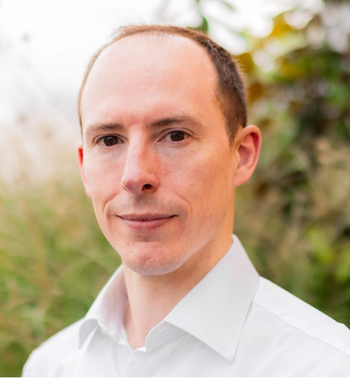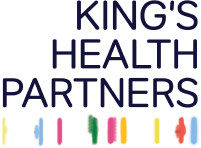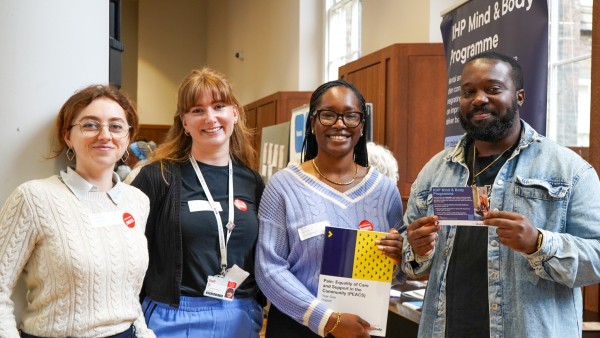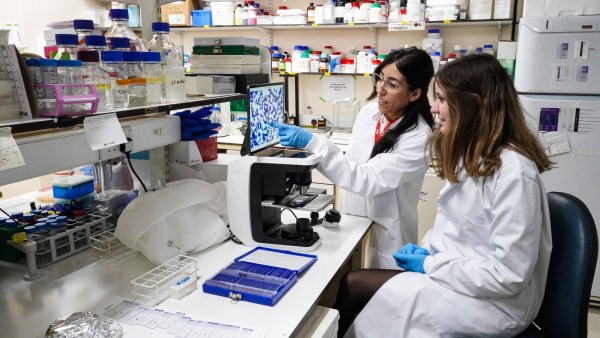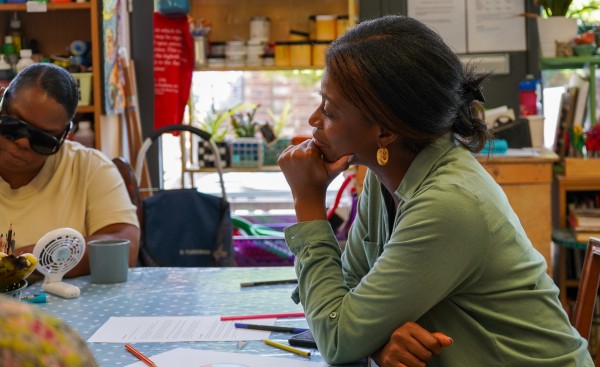17 April 2025
What is your role within King’s Health Partners?
I am a Senior Lecturer with King’s College London, and a Consultant Radiologist at Royal Brompton Hospital. My research focuses on the use of advanced imaging to improve the diagnosis and management of heart conditions. This involves the exploration of cutting-edge scanner technology, such as the recently installed photon counting CT scanner at Royal Brompton Hospital, as well as the use of national data to understand societal impact of diagnostic strategies.
What do you enjoy most about your role?
Every day is different! The combination of academic work with clinical work provides for a constantly evolving and changing set of challenges. One day I’ll be diagnosing complex coronary and valve disease at the Brompton, the next I'll be on a call with international collaborators discussing ongoing clinical trials, while the next I’ll be teaching medical students and junior doctors.
What inspired you to get into this work?
The academic light was lit by a weekly science column called ‘Bad Science’ in The Guardian, which applied a rational (and humorous) approach to the assessment of health fears and pseudoscience.
These flames were then fanned by a book called ‘Freakonomics’, which took a fascinating stroll through how data could shed light on everything from crime to health to sumo wrestling.
The combination of the two showed the importance of the scientific method, and the ways in which the growing world of data in which we lived could be used to answer questions that may be challenging through more traditional means.
You presented at a KHP Cardiovascular Research Conference, what was the topic?
In this talk I explored the use of national health records to understand behaviours in the use of cardiac imaging, and the impact of AI in patient management in the NHS. This work exemplifies how my prior inspirations have manifested themselves in my academic career.
The two studies used natural experiments - whereby a sudden change in the environment can be used to study the effectiveness of an intervention. In 2016, NICE changed their recommendations for the investigation of chest pain from using stress tests to using CT. Based on the use of over two million diagnostic tests over six years, we saw that the guidelines changed practice, and that cardiovascular mortality fell showing the new strategy of cardiac CT to be cheaper and more effective.
The second experiment used the sudden introduction of government funding for an AI-enabled tool (Heartflow FFRCT) in cardiac CT to 27 hospitals in the UK. This showed patients benefited from this tool through less need for additional tests or invasive testing of their coronary arteries.
This meant people were diagnosed with fewer hospital visits and with fewer procedures. It also demonstrated the capability of the NHS for large scale high tech roll out, albeit with some challenges with some hospitals being able to set up access to the AI tool within a few weeks, while others took a few years.
What are the benefits of working in partnership?
The breadth of expertise is astounding. I can find world experts in cardiac imaging, intervention, and surgery across a diverse range of conditions at each of the KHP hospitals. This means I can pick the best centre for any particular combination of cardiovascular disorder and testing strategy, or alternately use them all together to really accelerate the speed of the study through the rapid recruitment of study participants across multiple sites.
What would be your career top tips?
Make sure you pick something that excites you. It’s impossible to fully apply yourself if you're not enthused and engaged by what you do, and even harder to pick yourself back up after a failure if you don’t have a passion for the job/project.
Find out more about the work of KHP Cardiovascular and Respiratory Partnership and sign up for a future research conference.
